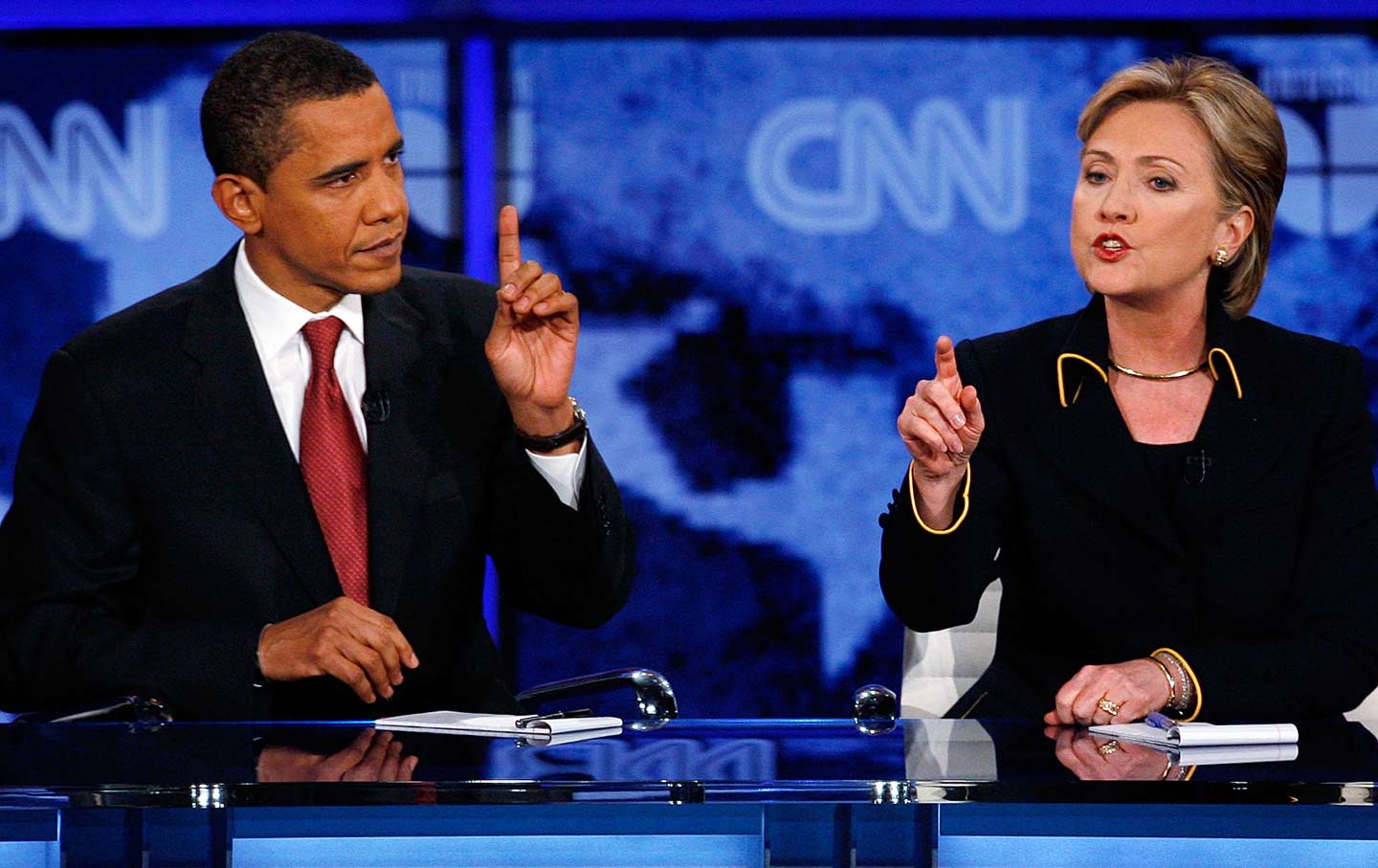
At the 1860 Republican convention, for example, William Seward received by far the largest number of votes on the first ballot, with Abraham Lincoln finishing a rather distant second.
#2008 democratic presidential primary candidates series#
He emerged on the convention floor as a broadly acceptable second choice after various factions deadlocked.Ĭonventions generally had delegates take a series of votes to winnow the field. Polk, who was not even considered a contender at the start of the process. The convention system also allowed for the emergence of "dark horse" candidates like 1844 Democratic nominee James K. That opened the door to outcomes like the Whigs drafting celebrity war heroes Zachary Taylor and Winfield Scott in 18, without the candidates needing to mount vigorous primary campaigns. At best, they're counting exercises in which the point is simply to crown the candidate who already enjoys the support of most of the delegates.īut historical conventions were real decision-making bodies, where a cast of locally selected elites would come together to genuinely choose someone. Van Buren won the election, and in subsequent contests the Whigs emulated the Democrats, picking a single nominee at a broad national convention with representatives from all states.Ĭonventions are still held today, but they are essentially publicity stunts. Had the gambit worked, one could imagine the system of multiple nominees becoming entrenched.īut it did not work. The selection of the Whig on each state's ballot was left up to the local party. The idea was that running multiple candidates with distinct regional appeals could successfully deny Martin Van Buren a majority in the Electoral College, throwing the choice to the US House of Representatives. And Massachusetts Whigs went with Daniel Webster (who carried the state), while Willie Magnum was nominated in South Carolina. In most Northern states, William Henry Harrison appeared on the general election ballot, while Hugh White got the nod in most Southern ones. That method let it control the White House for 20 years, and lasted until the rivalry between John Quincy Adams and Andrew Jackson made the party splinter into the Democrats and the Whigs in the aftermath of the 1824 election.īack in 1836, in the early days of Whig versus Democrat competition, the Whig Party even tried nominating several candidates simultaneously in their bid to block Martin Van Buren from succeeding Jackson in the White House.

The Democratic-Republicans, the dominant political party of the early 19th century, used to select candidates via a vote of the party's members in Congress. Before that, parties deployed a wide range of methods. But the modern system of determining nominees through a series of state primary elections is essentially an innovation of the 1970s. Intraparty disputes over who should be nominated for the presidency are as old as the republic itself. (Universal History Archive/UIG via Getty Images) Presidents Andrew Jackson and Martin Van Buren. Early nomination contests didn't involve primaries Conceivably almost anything could happen. Which leads to the last thing that makes primaries so fascinating: They are genuinely unpredictable. While the Constitution itself is incredibly difficult to change, party nominating rules and state laws are much more flexible.Ĭonsequently, the presidential nomination process is one of the elements of the American political system that's changed the most - and often in ways that aren't anticipated by the people driving the change. This, in turn, is part of what makes the primaries so fascinating. In fact, the framers didn't envision American politics taking the form of two-party competition, so they gave no thought to how parties would select their candidates. Parties define themselves by whom they select to run for president, and the ideological alignments that result end up defining the contours of political conflict.Īnd yet, despite primaries' central role, nothing about them is laid out in the Constitution.

Given that general elections give voters just two starkly opposed choices, it's largely through the primaries that nuance enters the political process. The presidential primaries are one of the most important elements of the American constitutional order.


 0 kommentar(er)
0 kommentar(er)
